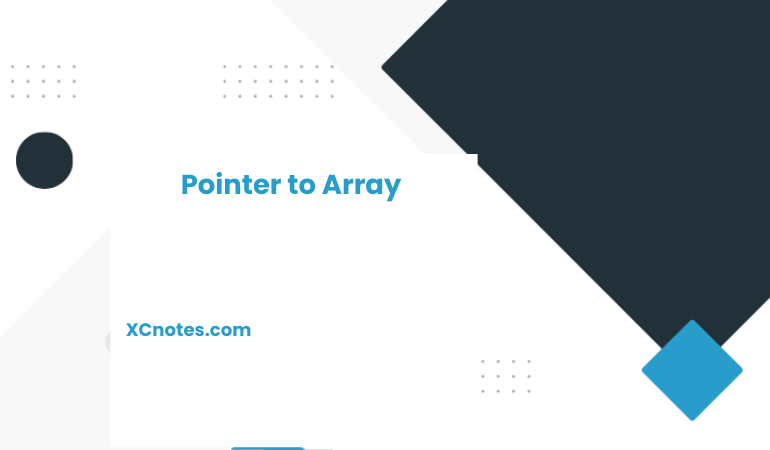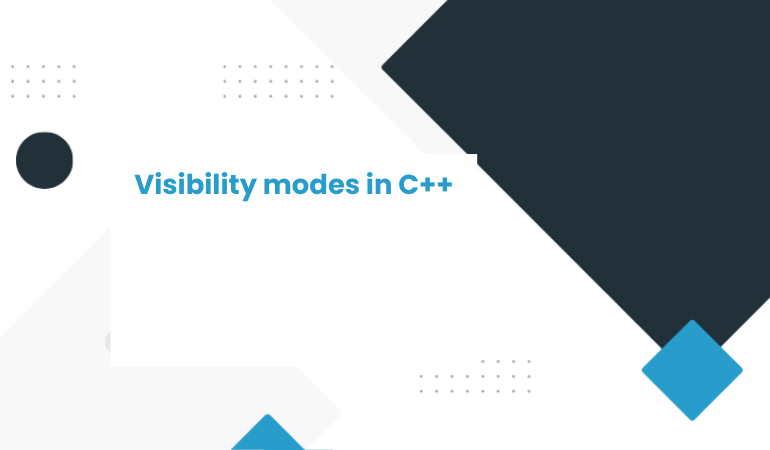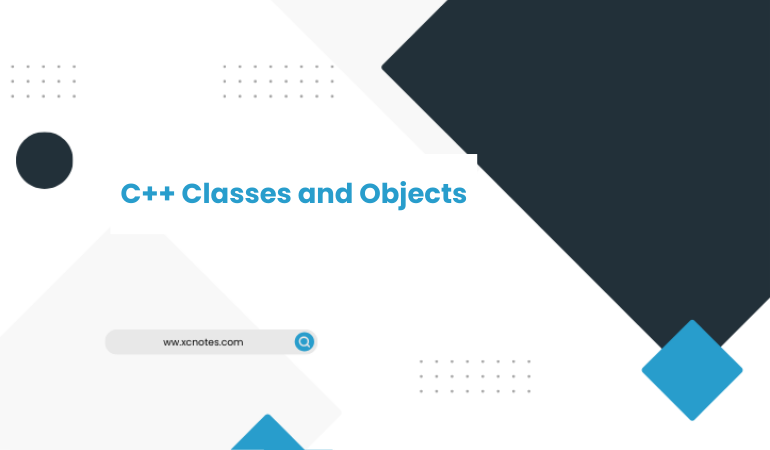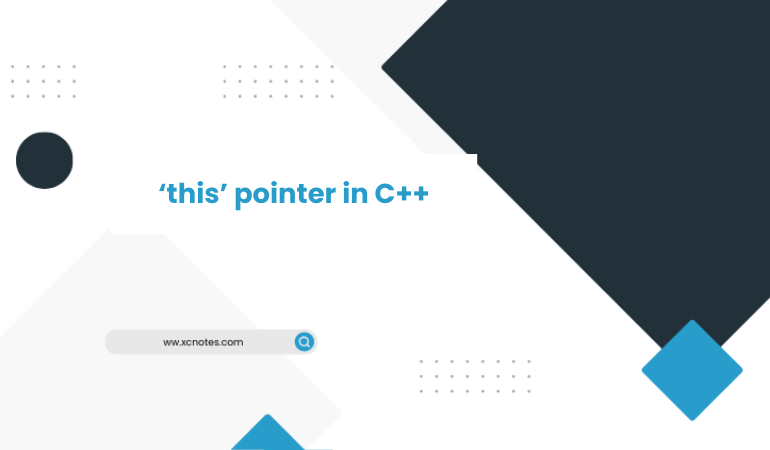What is the algorithm for Creation,Insertion and Deletion in a Linked List?
Algorithm for creation in a Linked List CREATE—In this algorithm, a Linked List of nodes is created. The list is pointed by pointer first, the last node of the list points to NULL., indicating the end of the list. Each node has two parts DATA and NEXT. Let us assume that a linked list of … Read more










